Interchangeable lens cameras are more popular than ever before! With all of the different brands out there, it can be a little confusing trying to pick through the types of camera lens mounts available. That’s why I wanted to write this short breakdown of the brands and their lens mounts so shopping this holiday season is a little easier for you!
Canon
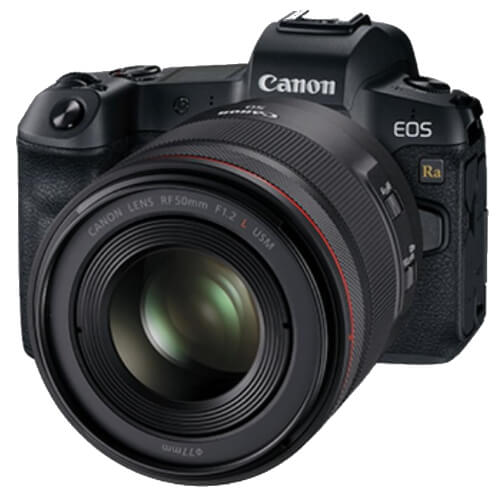
- EF-S Mount: Canon’s APS-C sensor lenses. EF-S lenses are usually smaller and less expensive than EF lenses. EF-S lenses cannot be used on a full-frame body; the rear of the lens sometimes protrudes into the camera body and can cause damage to the interior!
- EF Mount: the EF mount is used on lenses and cameras with full-frame sensors. EF lenses are larger and more expensive than EF-S because it takes more glass to create the larger full-frame circle. EF and EF-S lenses are interchangeable if you have an APS-C camera like the EOS Rebel T7i, no adapter is needed.
- M Mount: Canon’s first generation of mirrorless lenses and cameras, released in 2012. This is currently the smallest lens selection Canon has. M-mount bodies require the Canon EF/EF-S to EF-M adapter to use the wider Canon lens collection.
- RF Mount: Canon’s new full-frame lens lineup. Most of the lenses are middle to extremely high priced and heavy, even for full-frame. If you want to use EF/EF-S lenses with Canon EOS R or Canon EOS RP, Canon offers a choice of three adapters with drop-in filters.

The easiest way to find out which lenses your camera will accept is to look at the indicators on lens mount on the front of your camera. Simply remove the lens from your camera by pressing the lens release button and twisting the lens anti-clockwise. As shown in the below fig.
- If you see a red circle on the lens mount your camera will accept EF lenses.
- If you see a red circle and a white square it will accept EF-S lenses as well.
- If you see a white circle it will accept only EF-M lenses.
Nikon
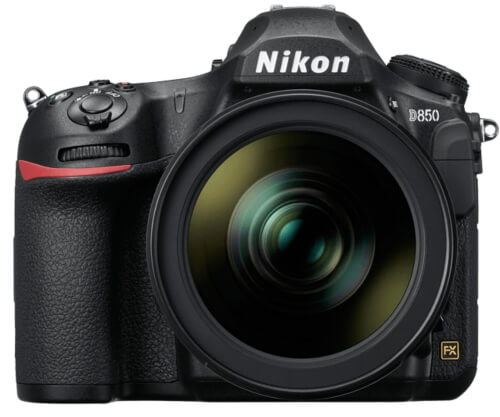
- F Mount: Nikon’s standard since 1959. Even when autofocus became available, Nikon tailored the new lenses to their existing mount. This means many older film lenses will attach to your Nikon DSLR with minimal fuss. APS-C Nikon lenses are meant for DX bodies like the D5600. However, once connected to full-frame bodies like the D810, the camera will enable a DX Crop mode to avoid unsightly vignetting.
- 1 Mount: Introduced with Nikon’s first foray into mirrorless bodies (Nikon J1). Only came out with a few lenses and is entirely discontinued now.
- Z Mount: Nikon’s newest mirrorless lens mount. As is Nikon’s tradition their APS-C lineup (currently the Z50) uses the same lens mount as their full-frame cameras. Nikon’s FTZ Adapter lets you use F-mount lenses on Z-mount bodies.
Fujifilm
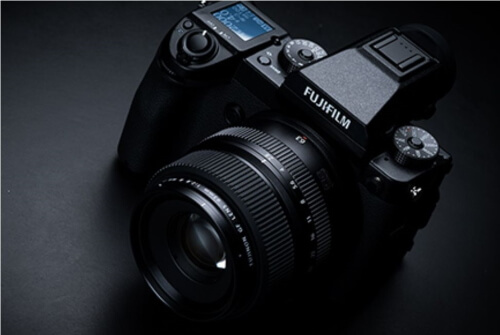
- X Mount: As a more niche manufacturer, Fujifilm has a smaller lens selection than most. Fujifilm X Mount is for their APS-C mirrorless lineup. The lens lineup is rated as XC (entry tier) with plastic construction and XF (professional tier) with metal construction and is often weather sealed.
- GFX Mount: Fujifilm’s medium format camera lineup and the second medium format mirrorless system to be created.
Sony
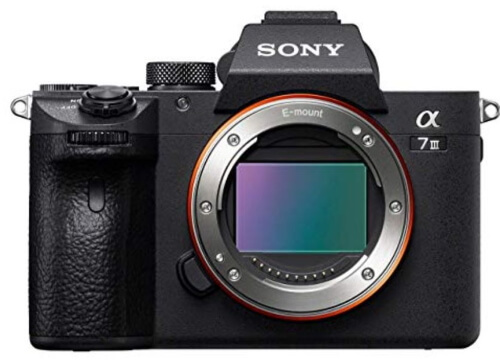
- A Mount: Used in Sony’s DSLT cameras like the α99 II (full-frame) and α77 II (APS-C). DSLT cameras use a translucent mirror design that speeds them up relative to a DSLR. They’re sort of hybrids between mirrorless and DSLR.
- E Mount: Sony’s mirrorless mount. Sony FE lenses are for full-frame bodies and E lenses are for APS-C bodies. Sony full-frame bodies also have crop mode enabled when E lenses are attached. Adapters like the LA-EA3 let you use A-mount lenses on E Mount bodies. Considering how massive the E-mount collection is, there’s little reason to do so.
- OM Mount: Olympus’s film SLR camera lineup, started in 1972 and was discontinued in 2002.
- Four-Thirds Mount: Introduced through the Olympus E-1 DSLR in 2003 and eventually evolved into the Micro Four Thirds system that Olympus and Panasonic jointly created. Micro Four-Thirds uses a smaller M43 sensor instead of an APS-C or full-frame. M43 cameras have a number of advantages, including the best image stabilization systems on the market and extremely small lenses but suffer in low-light settings.
Panasonic
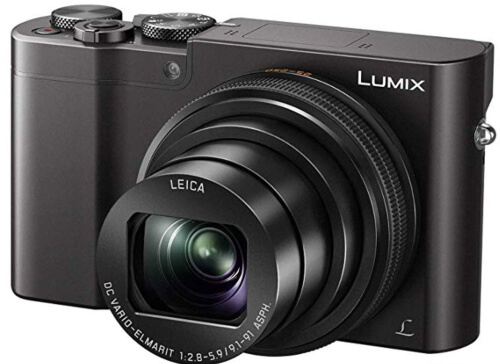
- Four-Thirds Mount: Joint project of Panasonic and Olympus using the smaller M43 sensor. Panasonic continues to innovate and create new M43 lenses despite having also moved to full-frame.
- L Mount: Panasonic, along with Leica and Sigma, are part of the L Mount alliance. Panasonic’s newest full-frame mirrorless cameras like the LUMIX S1 can be used with Leica L Mount lenses, including SL and TL.
Leica
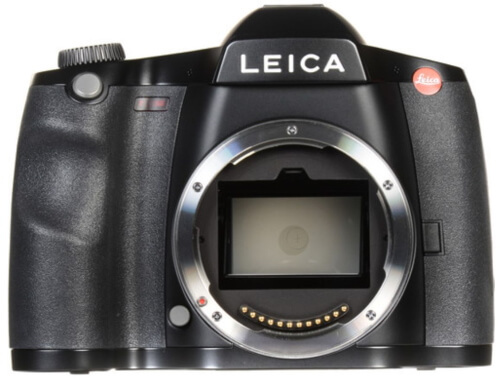
- TL Mount: Leica’s APS-C mount. SL lenses can also be used on TL bodies but considering how large (and expensive) SL lenses tend to be it’s rarely worth the effort.
- SL Mount: the full-frame lineup for Leica cameras. Leica, Sigma, and Panasonic recently announced the L Mount alliance. Together, these camera manufacturers will release L-mount lenses and bodies that are fully compatible, similar to the M43 system of Panasonic and Olympus. TL lenses can also attach to SL full-frame bodies.
- S Mount: Medium format lineup of lenses and cameras. Also adaptable to Hasselblad H lenses as well as Contax 645.
- M Mount: Leica’s film lenses from as far back as 1954. Still in use along with cameras like the Leica M9. Despite the digital sensor of the newest bodies, this is a fully manual focusing system.
Sigma

- Canon EF/EF-S/Nikon F/Pentax K/Leica L/Four Thirds/Sony A/E: Sigma’s famous as a third party manufacturer and provides broad third-party support to the major manufacturer on the market.
- SA Mount: Sigma’s native camera and lens mount. These film and digital cameras were discontinued in 2018, the last being the SD Quattro lineup.
- L Mount: Sigma, along with Panasonic and Leica, is part of the L Mount Alliance. Currently, they’re focusing their efforts on developing full-frame bodies like the new Sigma FP, using the Leica L Mount.
Pentax

- K Mount: Used in Pentax’s APS-C and full-frame DSLR camera and lens lineup. Pentax specializes in durable construction and is a brand of choice for landscape and nature photographers who prefer DSLR bodies over mirrorless.
- Pentax 645 A mount: Medium format film and digital lineup. Like their DSLR cameras, their medium format lenses and bodies tend to be rugged, durable, and weather sealed.
Thanks for reading, I hope you enjoyed the article if you have any questions just post below & I will be happy to answer you.
If you enjoy the site, don’t forget to subscribe, we will only inform you when a new article is posted.

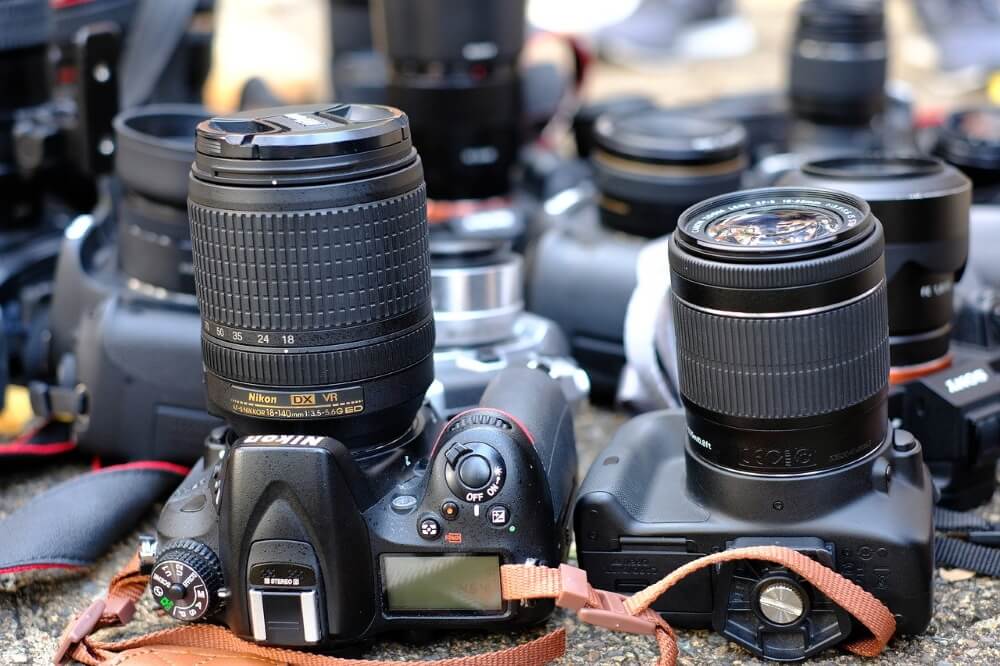



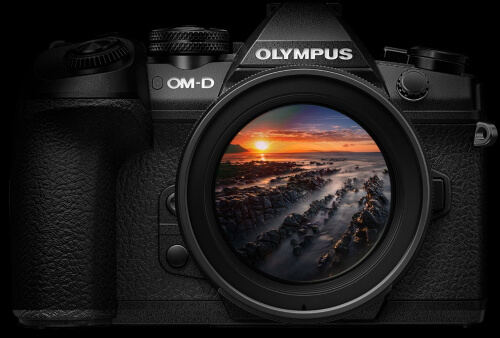





Thanks for sharing informative article, I really like this post.
Tried a vivitar t2-canon adapter to vivitar 400mm zoom autotelephoto lens, which will not focus, any suggestions for another adapter?
Vivitar 400mm is a manual focus lens. If it fits with your Canon camera through the t2 adapter you should try to manual focus through the lens ring. Otherwise this adapter might not the right one for your camera.
Also, most of the adapters not worth the hassle. I recommend to look at the cheap telephoto Canon lens “75-300mm“. As well as the Tamaron version is cheaper too.
Thanks a lot for sharing with us such an amazing reviews about camera lens mounts.
My brother is a true passionate in this photography industry. Because the Christmas holidays are here, i would like to give him a gift. You put here a very useful explanation about how to find out the compatible lenses for the camera. I see that his camera has a white square and a red circle and this means that it will need a EF-S lenses. This is just perfect because I have a limited budget and this type o lenses are less expensive. I hope he will enjoy it and if you don’t mind i want to share din article on my social media accounts and of course to my brother ( after i will give him this gift) .
Thanks again and wish you all the best !
hi Nimrodngy
Thanks for your comment, glad you find it useful for you, Of course, I don’t mind sharing the article. But I have a little advice to you if you are planning to buy him a lens as a gift, please try to know at least what are his favorite ones.
canon and nikon cameras have come a very long way with their lenses, note that finding the right lens for your camera can vastly improve your images and overall production, but then, learning all what you need to know about adapting camera lenses can be time-consuming. I am wondering if there is any adapters that let you use old classic lenses on modern cameras?.
Yeah there is adapters can be used for most of old lenses, I am using M42 to attach old russian lenses on my Canon Mark IV.